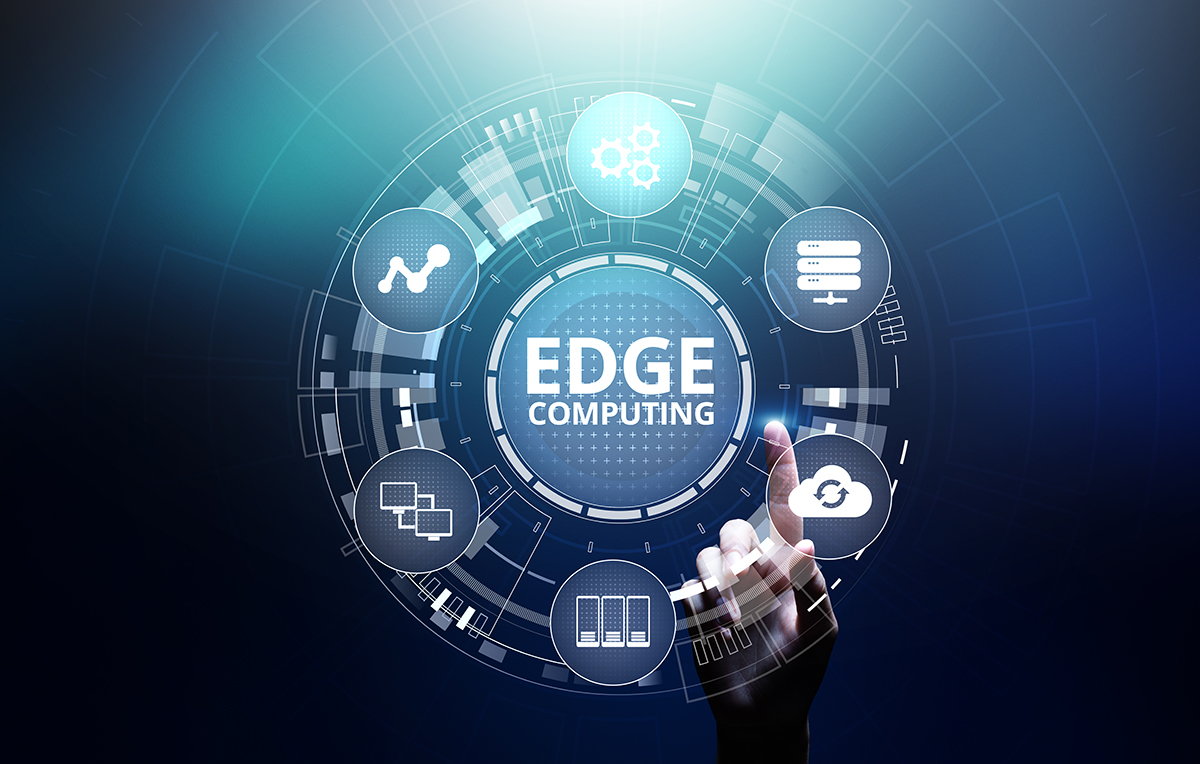How to Import EML Files Into Thunderbird

If you're wondering Do I have the ability to Import EML file into Thunderbird? Then you're on the right track. This is the entire solution on how to import EML Files into Thunderbird. EML can be described as an electronic email file which is comprised of one email. It works with a variety of email programs i.e., Microsoft Outlook Express, Mozilla Thunderbird, Windows Live Mail, etc. Sometimes, it's difficult for users to transfer EML documents into Thunderbird. Well, Don't Worry! Here, you can learn the steps involved in both automated and manual solutions to transfer EML emails to Thunderbird . Reason To Transfer EML Message Into Thunderbird In this article, I discussed the motives behind the transfer of EML files to Thunderbird: You can transfer the EML file into Thunderbird because it's an application for free and can work with EML files. It assists users in searching quickly, and also provides the option to filter emails with a sophisticated feature. Additionall


